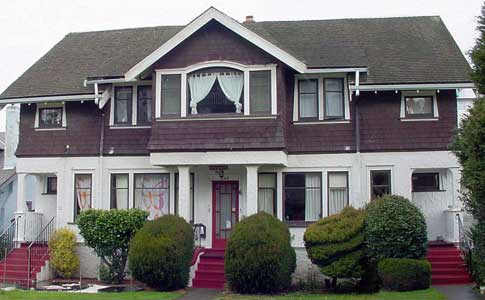 (Dzung Trieu Law firm)_ Cutting public investment is part of the government’s efforts to fight inflation and ensure macro-economic stability, but it’s no straightforward task.
(Dzung Trieu Law firm)_ Cutting public investment is part of the government’s efforts to fight inflation and ensure macro-economic stability, but it’s no straightforward task.
According to preliminary reports from 30 ministries and central agencies, 63 cities and provinces, and 12 state-run economic groups and corporations submitted to the Ministry of Planning and Investment (MPI) by March 28, public investment totalling VND3,400 billion ($168 million) in 1,387 projects will be cut this year.
But according to Mr Bui Ha, a senior official at MPI, 22 ministries and branches are yet to submit their reports, including the Ministries of Transport, National Defence, Public Security and Construction, which are normally big users of public investment. The deadline for submission is the end of April. Public investment in
At the final session of the National Assembly (NA)’s tenure in March, the government presented a report to convey its efforts to cut public investment and tighten fiscal policy as part of measures to fight inflation and ensure macro-economic stability, as stipulated in Government Decree 11, issued in February. But this does not mean that cuts will only include public investment from the State budget and government bonds.
This was confirmed to VET by Minister of Planning and Investment Vo Hong Phuc, when he revealed that the government will inject VND197,000 billion ($9.61 billion) worth of public investment into selected efficient and urgent projects this year, of which VND152,000 billion ($7.414 billion) will come from the State budget and VND45,000 billion ($2.95 billion) from government bonds. “MPI reported the total to the NA Standing Committee and proposed cuts be applied to State credits and capital from State-owned enterprises instead, which was approved,” he said. “With no advanced allocation in 2011 of 2012 public investment, and no transfer of investment capital from 2010 to 2011,
A number of localities have joined with the government in realising the contents of Decree 11, including Ho Chi Minh City, with a decision to shelve 89 projects worth VND440 billion ($21.5 million) and Binh Phuoc province with 29 projects worth VND65 billion ($3.17 million), while Hanoi has proposed delaying or ceasing 17 projects worth VND650 billion ($31.7 million).
But State-owned economic groups and corporations appear reluctant to make cuts. Mr Nguyen Dinh Cung, Deputy President of the Central Institute for Economic Management (CIEM), which previously sent a group of experts to check on projects invested by economic groups, said that experts believe it would be difficult to cut projects. One reason is that economic groups and general corporations plan to invest using bank loans, not public funds. He believes, however, that projects still need to be cut to wipe out ineffective investment.
Public investment has been growing rapidly and has accounted for a higher proportion of total social investment in recent years, representing 34 per cent in 2008 before rising to 40.6 per cent in 2009 and 46.2 per cent in 2010. MPI hopes to reduce it to 37 per cent this year.
Although its public investment is relatively high, equivalent to 17-20 per cent of GDP per year on average, efficiency is low, while other regional countries spend less than 5 per cent of GDP on public investment, such as
The decision to cut public investment isn’t as easy as it appears, because it has an impact on economic growth and social issues, including national programmes in poverty elimination schemes and unemployment.
Moreover, decentralisation is also attributed to binding the hands of the central government in supervising projects belonging to localities. Minister Phuc has revealed that a legal framework for public-private-partnerships (PPP) will be perfected to attract private investment into infrastructure.
▪ TRAN DUONG (VnEconomy News)











